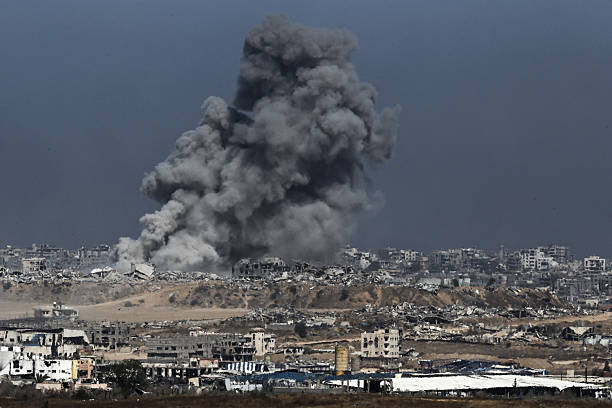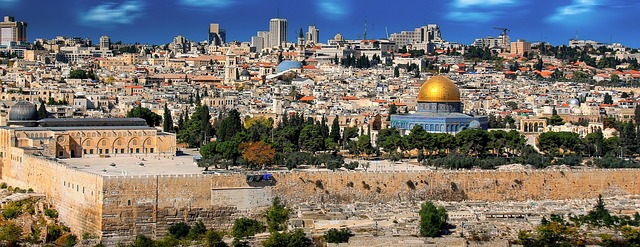New York Peace Summit: In July 2025, a highly anticipated international peace summit is set to take place in New York City, with the ambitious goal of finding a lasting and peaceful solution to the decades-long conflict between Israel and Gaza. This summit, drawing global attention from diplomats, human rights advocates, and world leaders, could mark a historic shift toward peace in the Middle East.
Key Objectives of the Summit:
The main purpose of the summit is to lay the foundation for a two-state solution, expedite the implementation of a lasting ceasefire, and establish an international framework for humanitarian aid and reconstruction in Gaza.
Given the intensifying violence in recent years, this conference is seen by many as a “last hope” for peace. Key participants include the United Nations, European Union, United States, Arab League, Israeli representatives, and members of the Palestinian Authority.

Key Discussion Topics:(New York Peace Summit)
- Two-State Solution Proposal:
- Discussion of independent Israeli and Palestinian states.
- Possibility of recognizing East Jerusalem as the capital of a future Palestinian state.
- Border and Security Negotiations:
- Revisiting the 1967 borders as a reference point.
- Creating an internationally monitored security framework to ensure stability.
- Humanitarian Assistance and Infrastructure Rebuilding:
- Focused international efforts on rebuilding Gaza.
- Aid for water supply, electricity, healthcare, and education.
- Refugee Crisis:
- Addressing the issue of Palestinian refugees through return plans, compensation, or resettlement agreements.
Changing Global Dynamics:
One of the most striking developments expected during this summit is the potential for new recognitions of Palestine as a sovereign state by several European countries. Nations like Spain, Ireland, Norway, and Slovenia have signaled their readiness to make such declarations.
Even the U.S. foreign policy stance appears to be more flexible. U.S. officials have clearly stated that, “Without a two-state solution, lasting peace in the region is unattainable.”
Challenges Ahead:
While the summit raises global hope, it comes with significant challenges. Deep divisions still exist between Israeli authorities and Palestinian factions. Many countries still label Hamas a terrorist organization, making their participation politically sensitive. Additionally, internal Israeli politics — particularly pressure from right-wing parties opposing a two-state plan — could hinder progress.
Gaza’s Civilian Perspective:
For the people of Gaza, peace is not a political concept — it’s a basic human need. Years of war, poverty, and economic blockade have created a humanitarian crisis. Surveys indicate that a majority of Palestinians now desire stability, safety, and opportunity. If the summit can produce a practical roadmap, it will not only serve diplomatic goals but could become a lifeline for millions.

Potential Outcomes & Next Steps:(New York Peace Summit)
Experts believe that even if a final agreement isn’t reached during the summit, the establishment of a clear negotiation framework would be a major achievement. A follow-up summit is already being discussed for late 2025 or early 2026, depending on the progress made.
The global media, non-governmental organizations, and citizens around the world are closely watching every move — hoping this summit won’t become just another missed opportunity.
The New York Peace Summit 2025 could be more than just another diplomatic event — it has the potential to reshape the future of the Middle East. While peace cannot be achieved overnight, this summit represents a bridge toward a new beginning. If successful, it could be remembered as one of the most consequential peace efforts of the 21st century. Its outcomes may influence not only political boundaries but also generations of people longing for dignity, stability, and freedom. The summit’s ability to foster genuine dialogue, mutual recognition, and collaborative rebuilding efforts could serve as a model for conflict resolution worldwide. It stands as a rare opportunity to replace decades of distrust and destruction with hope, healing, and long-term coexistence.